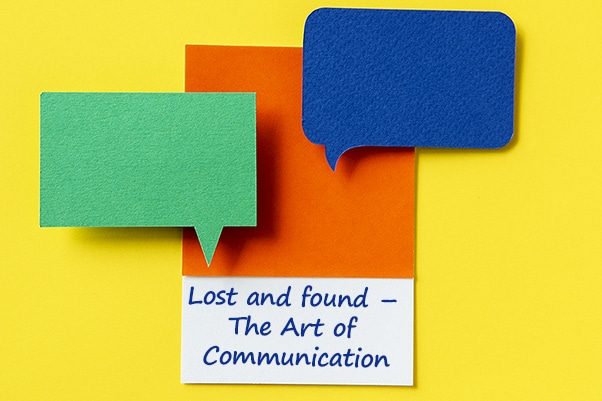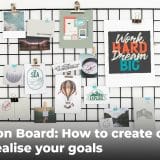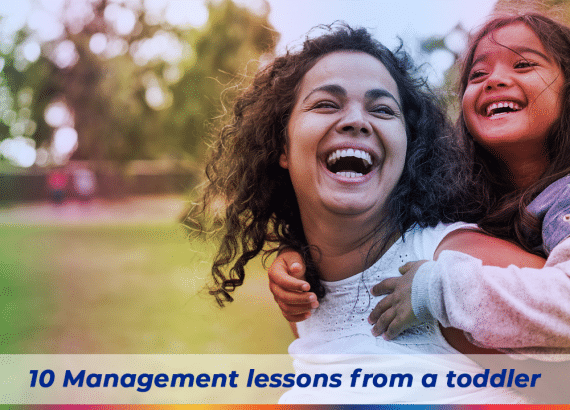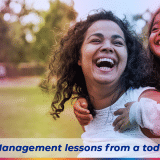Lost and found – The Art of Communication

Author: Kad Um Bree
Remember being at a party, and you ended up wishing for a super-power like an invisibility cloak to avoid a conversation you didn’t want to be a part of?
In contrast, do you recollect a conversation that lingered on your mind for days? Such riveting discussion broadens perspectives churning the wheels in the brain as if trying to solve the mysteries of the universe. When you are frequently a part of such conversations, mediocrity becomes unbearable. Having a dialogue with someone is a two-way street. Like driving, this is a skill that needs to be practiced and developed consciously. Have you wondered why or how some people manage to leave an everlasting impression on you?
Though equal and enthusiastic participation between the speaker as well as the listener keeps the momentum going. But to know what makes someone so good at “holding a conversation”? is the part where one should scratch the surface and look beyond what meets the eye.
A good speaker engages both the conscious and subconscious minds, to draw in the listeners. Awareness about the topic helps boost confidence too. Quick wit and the ability to think on the feet helps steer the direction and flow of conversation. Appealing to the emotional quotient is the fastest way to grab attention. Having said that, discussing at length your frequent migraine attacks or a sick relative will only dampen the happy spirits.
Usually, one more aspect determining your conversational skills is how easy you can talk. Of course, feel free to bring out your funny/quirky one-liners and put away the judgmental hat. To make an interesting company, present your perspective that highlights your unique point of view. This automatically makes your listeners notice your critical thinking abilities. The more systematic your thought process is, the more structured the logical flow will be considered as a well-developed idea.
To summarize-
Listen and observe – You need to assess and understand what to talk about with people around you. So, observe how people speak and try to converse with them accordingly.
Language / Vocabulary – Make your words count. What you say and how you put things across can create an everlasting impression.
Tone and Pace – Talking slowly gives you time to integrate your thoughts, enabling a seamless transition between the topics.
Clarity in speech and thoughts –Think of conversation like a building block, so place those blocks one upon the other and see how the structure holds together.
Humour – A cheeky comment here brings in a lighter moment. But throwing an irrelevant dirty joke in the name of humour – That’s tasteless.
Drama – Avoid it. No one wants to know about your mid-life crisis or your office politics.
Body Language– From the way you stand or lean in during the conversation to the level of eye contact with your listener, everything plays a critical role in drawing the listener in. So be confident and do pay attention to non-verbal cues.
In the end, a conversation is all about people exchanging ideas. The quality of conversation depends on how much you know about the said subject. So read… read a lot. However sometimes (on exceedingly rare occasions – as rare as spotting a white crow. I wouldn’t wait for this miracle to happen), none of the above will matter because, people will “click”, conversation flows seamlessly, and people can see the sparks flying, perhaps the sizzling chemistry too, and that conversation remains memorable for years to come. So, go ahead, use the tips shared with you and talk your way into the minds of your audience.









